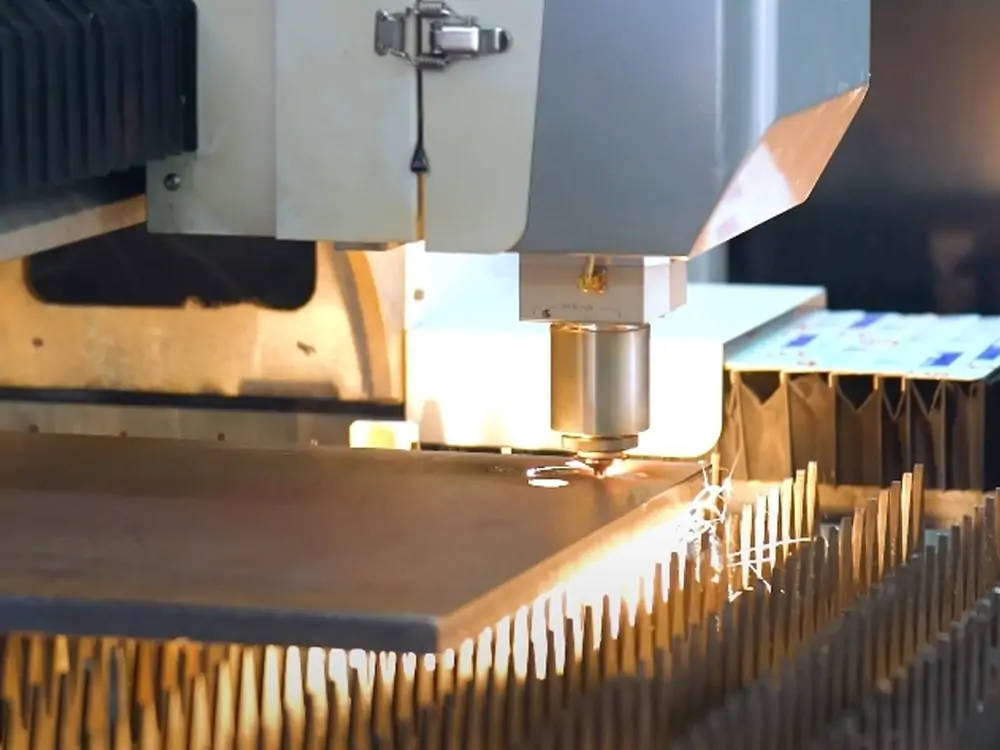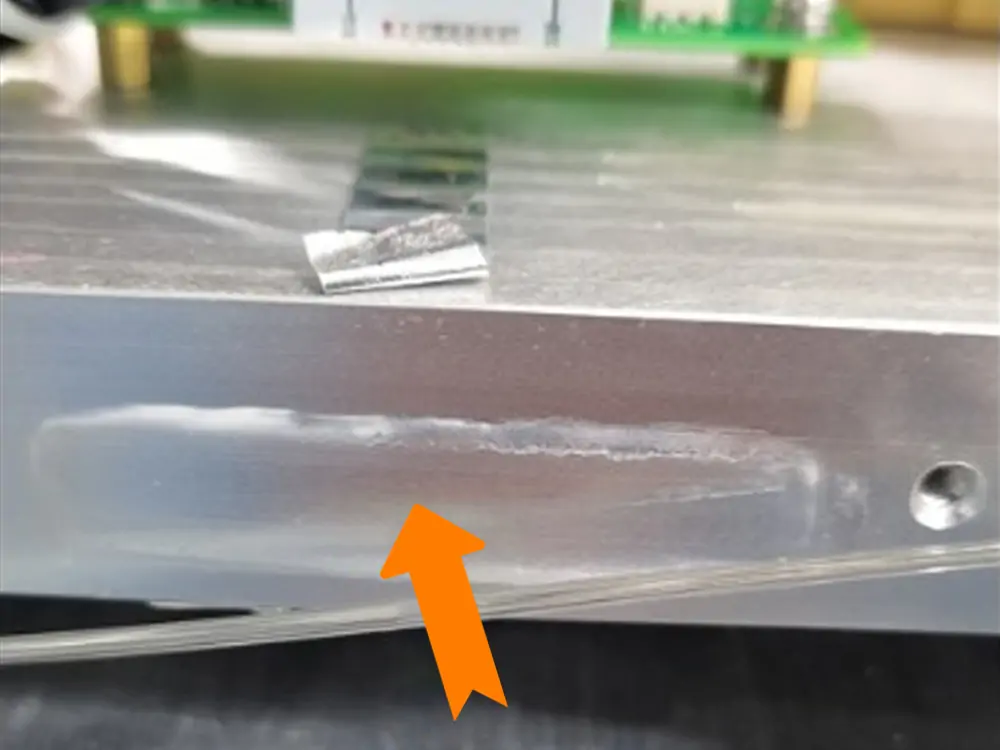The laser cutting machine needs regular maintenance and proper care. It is likely to get damaged, especially in the winter. Therefore, you should take the necessary steps to prevent freezing in winter. Typically, laser-cutting machines are intended to be used above 0 degrees Celsius. But if the temperature exceeds this limit, you must take the necessary steps. This article is all about discussing those steps.
We will begin by highlighting the consequences if you don’t take the necessary steps. Then, we will explain some essential steps to maintain to prevent freezing. We recommend following each step carefully. So, no more introduction. Let’s dig in.
What Happens If You Don’t Take Freeze-Proofing Measures for Your Laser Devices?
Several bad things can happen if you don’t take freeze-proofing steps. Most of these are directly related to the cooling system. Knowing about these effects is essential so you can learn how important it is to take steps to keep things from freezing.
Cracks In Cooling Plates
Water-cooling plates are an essential part of laser devices. Their job is to get rid of the heat that is made during operation. If these plates aren’t correctly frozen-proofed, water stuck inside them can get bigger when it freezes. This could cause cracks, which could risk the stability of the cooling system. Cracks make it harder for heat to escape, which could damage other parts if they get too hot.
Cracks In Cooling Pipes
Coolant moves around inside the cooling system with the help of water pipes. It keeps the laser’s parts at the right temperature. If pipes don’t have enough freeze-proofing, water left in them can freeze and expand, which breaks the pipes. These cracks make it hard for water to move. This means that the laser parts are not relaxed enough. It could cause problems with operations or harm.
Cracks In Joints and QBH Leakage
The cooling system needs more than just cooling plates and pipes. It also requires different joints and QBH. These parts can also crack if not adequately protected from freezing weather. Because of these cracks, the cooling system leaks, leading to coolant loss and decreased efficiency. Ultimately, it might affect your laser device’s performance, reliability, and longevity.
Electrical Component Damage
Cold temperatures can quietly affect your laser-cutting machine. You know there’s moisture in the air. Due to a cold environment, this humidity condenses into water or ice. It may create short circuits or corrosion. Overall, it impacts the device’s functionality and safety.
Effect on Laser Optics
Laser optics are very sensitive to changes in weather. If exposed to freezing temperatures, they can experience thermal stress, bending, or cracking. This can lower the quality of the beam, make the laser system less accurate, and make it work less well.
Mechanical Failure
Freezing weather can also make mechanical parts shrink and break easily. Parts that get damaged often are gears, bearings, and other structural elements. If you don’t do anything to prevent freezing, it could cause wear and more contract. Your laser device can experience technical problems.

How Do You Protect the Laser Cutting Machine from Freezing in Winter?
Laser protection steps are necessary for your laser-cutting machine to prevent freezing. We already know what happens if you don’t take the steps needed to avoid freezing, especially where the temperature often goes below 0 degrees. The type of action may vary in different situations, especially when adding anti-freezing substances to the coolant.
Keep Working Space Temperature Stable
It’s essential to keep the temperature inside steady. This prevents your laser-cutting machine from getting cold in the winter. Weather changes can cause several issues, which we already discussed in the last section.
Controlling the temperature is essential to ensure it is a safe workplace. Follow the manufacturer’s instructions to learn more about the working temperature range. This often involves using heating systems to prevent freezing in winter.
Maintaining a stable temperature minimizes the risk of freezing the water-cooling system. If you don’t take it seriously, the water in the cooling system expands. As a result, the pipes or joints may lead to cracking.
Adjust The Temperature of The Water Chiller
Keeping the water chiller running is another way to keep your machine safe. You can control it running to keep it at the right temperature, even if it’s not in use.
A water chiller plays a vital role in a laser cut machine. It is a crucial component of the cooling system. It is designed to regulate the temperature of the laser source and associated components. Its main job is to dissipate the heat generated during the laser-cutting process. In winter, its job is to keep the laser machine components at optimum temperature.
Coolant is usually pumped through the water chiller to make it work. Often, additives mixed with water are used to improve heat flow. It is a closed-loop system. Most of the time, this coolant keeps the laser parts at the right temperature.
Overall, the water heater is necessary to keep the temperature at the right level. It’s built into a laser-cutting machine. It strengthens the device’s performance and makes it last longer.
Antifreeze Addition
Antifreeze is a chemical additive used to lower the freezing point of a liquid, usually water. This special chemical typically prevents the liquid from solidifying in cold temperatures. It is commonly used in industrial equipment like laser cutting machines.
On the other hand, ambient temperature is another important factor. It refers to the current temperature of the surrounding environment, which is the temperature experienced by the laser components.
The working principle of antifreeze involves mixing with the coolants. In the case of a laser cuter, it is mixed with water. Well, this ratio depends on the intended ambient temperature. Check out the following table to learn more about these ratios. You can see that the ratio changes with the ambient temperature.
| Ambient Temperature | Antifreeze: Water Ratio |
| 2°C – 5°C | 2:8 to 2:5 (20%: 80% to 20%: 50%) |
| 12°C – 15°C | 3:7 (30%: 70%) |
| 22°C – 25°C | 4:6 (40%: 60%) |
| 32°C – 35°C | 5:5 (50%: 50%) |
| 42°C – 45°C | 6:4 (60%: 40%) |
Drain The Water From The Cooling System
Draining the water from the cooling system is another way to keep your laser machine safe. It is one of the best ways to prevent freezing in cold weather, especially during periods of inactivity or when the machine needs to be transported. Please do so to avoid significant damage and costly repairs.
Not in Use for A Long Time
When the laser cutter machine is not used for a long time, the water in the cooling system can pose a severe threat. This water can freeze during colder temperatures. As a result, it can expand into ice. Ultimately, it causes cracks in the water-cooling plates, pipes, and joints. Therefore, draining the water is the best way to eliminate it.
Has To Be Shipped
Draining the water from the cooling system before shipping the laser device is essential. It avoids any mishaps during transit. During shipping, the machine experiences varying weather changes. We must remove the cooling water from the laser cutting machine to prevent freezing.
Use Insulation Materials
Another important way to protect your laser device is to use insulation materials. This helps maintain stable temperatures within the machine and prevent damage.
Insulation materials act as a barrier. It also lowers the heat flow between the machine and the ambient air. By covering your machine well, you can keep the heat in. In the end, it keeps water inside the device from freezing.
Typical insulating materials are foam insulation, fiberglass, and thermal wraps. These materials provide excellent thermal resistance, are not heavy, and are easy to install.
Above all, it is important to choose the correct method from the above necessary steps. In freezing weather, some actions may not be ideal. Therefore, we recommend that you understand your project surroundings and choose the suitable method.

Conclusion
For the best performance and longest life, keeping up with regular maintenance on your cutting laser machine is essential. By following the repair schedule, you can cut down on downtime and boost output. Eventually, you can make your laser devices last longer. Make sure the following steps are recorded while the repair is being done.
Check The Light Path
Check the light path of your laser cut machine every day. This ensures that the laser beam travels without obstruction and minimizes errors in cutting or engraving.
Lubricate the Power Transmission Components
Proper lubrication of moving parts reduces friction, wear, and tear. Common moving parts are rails, gears, and bearings. This not only improves efficiency but also extends the lifespan of these components.
Ensure Screws and Couplings are Fastened
Loose screws can create vibrations. It may also generate misalignment or even equipment failure. Therefore, periodically tighten them.
Be Prepared with Emergency Measures
However, we are taking all necessary steps to prevent freezing in cold weather. Yet, we must be prepared for emergencies.
